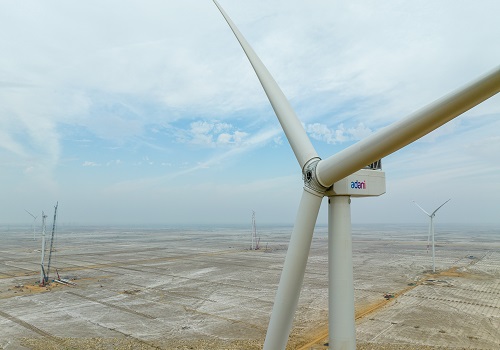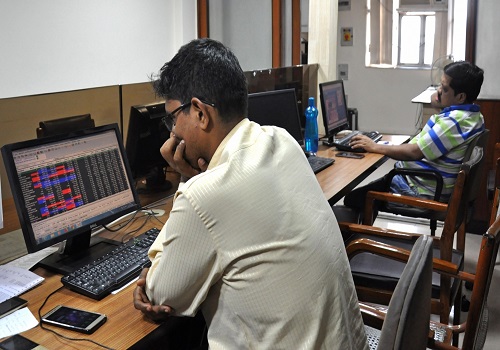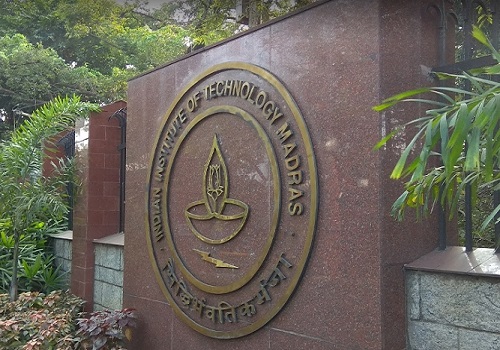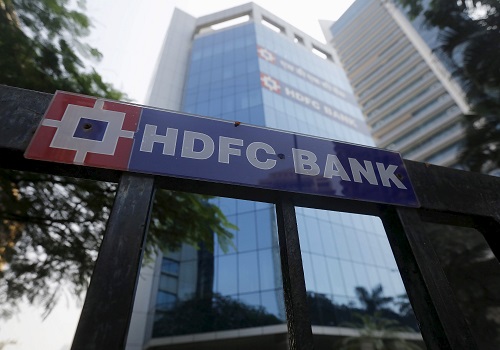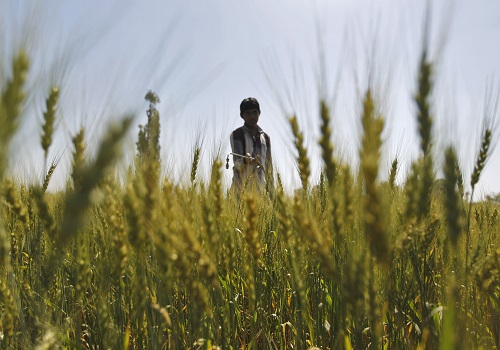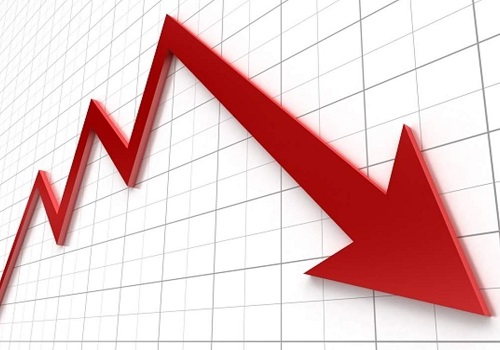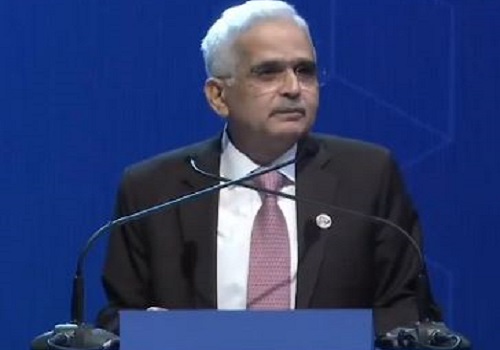Microfinance Industry Beats Covid Blues, Likely to Grow by 28% in FY24 By Care Edge

Overview
The Microfinance industry (MFI) experienced a growth spurt in FY23, expanding at a rate of 37% Y-o-Y due to a favourable macroeconomic climate and renewed demand, which has led to a surge in disbursements over the past few quarters. Consequently, NBFC-MFIs have surpassed banks in the overall microfinancing landscape, constituting approximately 40% of the total outstanding microfinance loans as of March 31, 2023, compared to 34% for banks.
CareEdge Ratings anticipates growth momentum to continue, with the portfolio of NBFC-MFIs expected to grow at a rate of 28% y-o-y in FY 2024. However, increasing customer indebtedness, rising average ticket size and a gradual shift from the Joint Liability Group (JLG) model to individual loans pose the risk of overleveraging for the industry. Also, considering the inherent nature of its asset class, NBFC MFIs are highly prone to event-based risks, such as political, geographical uncertainty and susceptibility to natural calamities. Moreover, the evolving global macroeconomic environment and the continuation of support from impact funds and PE investors at the same pace will also be critical and needs to be closely monitored.
The removal of the lending rate cap by the Reserve Bank of India (RBI) has enabled MFIs to engage in risk-based pricing, which has boosted net interest margins (NIMs) and, in turn, increased returns on total assets (RoTA). Credit costs have declined from their peak in FY 2021 but remain higher than pre-Covid levels, with a portion of the restructured book slipping into NPA. CareEdge Ratings expect NIMs to continue improving, resulting in RoTA rising to approximately 3.8% for FY 2024, aided by controlled credit costs of approximately 2.5% for the same year.
Asset quality, although on an improving trend, still remains moderate as compared to the pre-Covid level owing to additional slippages arising from the restructured portfolio. The MFI sector has taken the cumulative impact on the credit cost of around 19% of the portfolio, as on March 31, 2020, from FY21 to FY23 due to Covid-19. However, with an improving collection efficiency trend, GNPA is expected to improve to 2.0% in FY24 from a peak of 6.26% for FY22.
In terms of capital structure, NBFC-MFIs have managed to raise around ?3,000 crore of equity in FY23, compared to around ?1,500 crore and ?1,430 crore in FY2021 and FY2022, respectively, indicating a renewed interest from investors. Nevertheless, due to the current global turbulence, investors are likely to exercise greater caution and selectivity in the future. Additionally, with increased support from investors and rising disbursement levels, the gearing level was 3.7x and 3.8x as of March 31, 2022, and March 31, 2023, respectively. The gearing level for the MFI sector is however envisaged to moderately increase to around 4.1x by March 31, 2024.
NBFC-MFIs Outpace Banks
The microfinance industry has experienced a shift in market share, with NBFC-MFIs overtaking banks for the first time in four years. While banks held a dominant position during the Covid-19 period, the growth rate of NBFC-MFIs has now surpassed that of banks, resulting in NBFC-MFIs commanding a higher market share in the overall microfinance sector. As of 31st March 2023, NBFC-MFIs contributed around 40% to the outstanding overall microfinance loans, compared to banks' 34%. With a growth rate of around 37% during FY23, NBFC-MFIs are currently leading the industry.
Figure 1: Portfolio Trends Across Categories

NBFC-MFIs Expected to Grow at 28% in fiscal year 2024
The microfinance industry experienced a slowdown in growth in FY21 due to the challenges posed by the Covid-19 pandemic. However, growth rebounded in FY22 & FY23, with NBFC-MFIs growing at 17% and 37% Y-o-Y, supported by improving macro-economic environment. This growth momentum is expected to continue, with CareEdge Ratings projecting a healthy loan growth of around 28% in FY24 for NBFC-MFIs.
Bihar, Tamil Nadu, Uttar Pradesh, Karnataka and West Bengal remain the top five states in terms of assets under management with Bihar leading the sector with around 15% market share as on December 31, 2022
In terms of product profile, Joint liability group (JLG) loans currently dominate the portfolio mix. However, with the new RBI guidelines, we are increasingly witnessing a shift towards individual lending. Further, RBI’s new regulation of increasing household income to ?3 lakh has given NBFC-MFIs an opportunity to expand their target market. Now, NBFC-MFIs can lend to the Non-MFI sector up to 25% of their total assets which was 15% of the loan book earlier.
Figure 2: AUM Grows by Double-digits for NBFC-MFIs as Demand Rises


To Read Complete Report & Disclaimer Click Here
Above views are of the author and not of the website kindly read disclaimer



